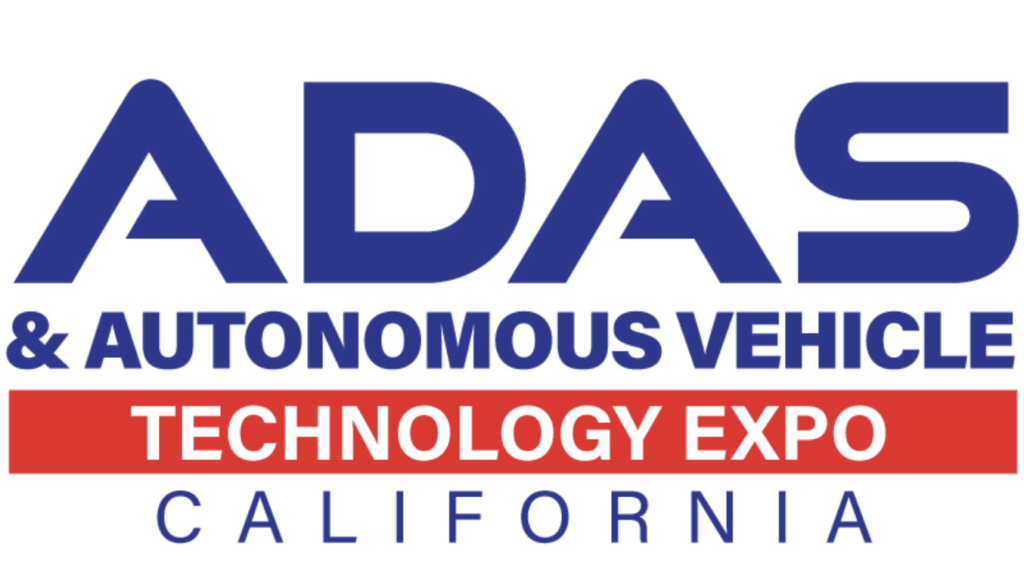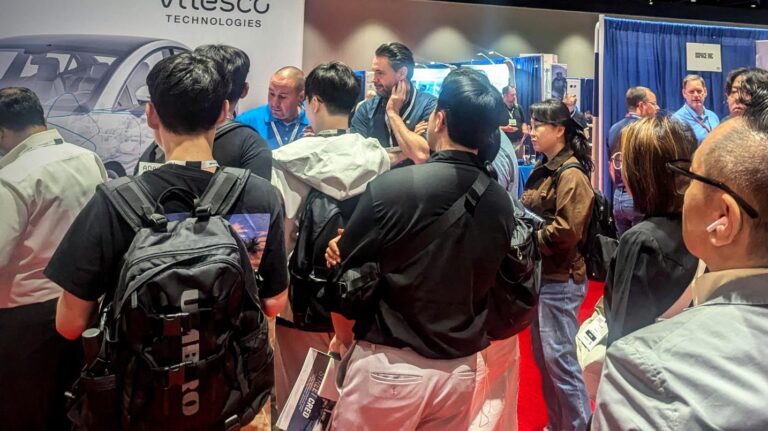It’s proving to be an incredible first day at ADAS & Autonomous Vehicle Technology Expo California, with visitors eager to learn more about the innovations on display across the show floor.
The event is being held at the McEnery Convention Center in San Jose (August 28 and 29), where leading OEMs, regulators and tech innovators have gathered to share insights and keep pace with the latest developments in ADAS and autonomous vehicle development.
aiMotive, Imagry, Methodica Technologies and Göpel electronic are just a few of the companies that are impressing on Day 1. Read on to find out more…
aiMotive reveals how its software tooling sets a new standard for virtual testing
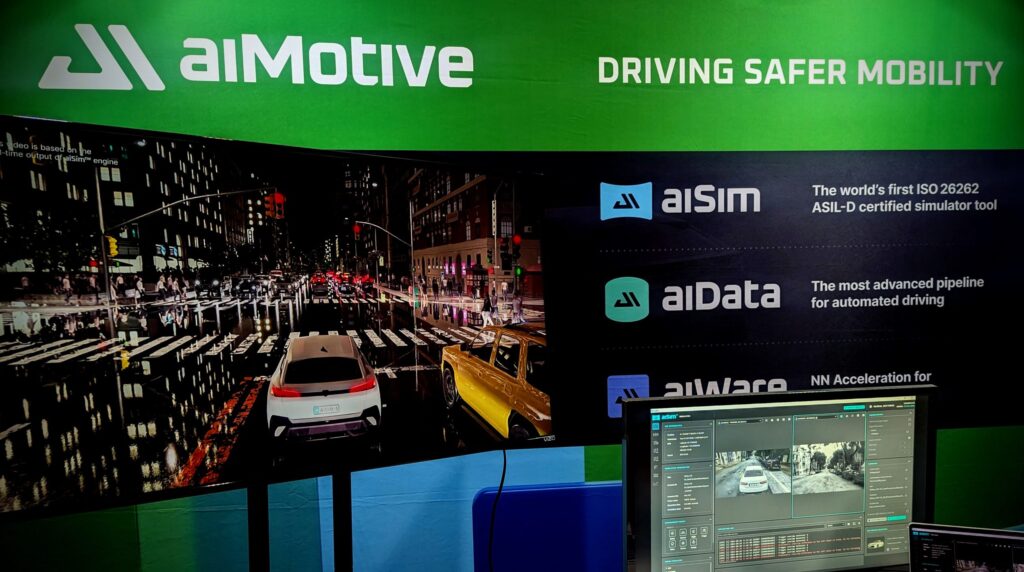
aiMotive is showing visitors its latest advances in autonomous driving technology, focusing on its software tooling: aiSim 5, an ISO 26262-certified simulation tool for ADAS and AD verification and validation, and aiData: the company’s automated data pipeline for generating high-quality training data.
aiSim 5 is setting a new standard for virtual testing with unparalleled realism and scenario diversity, powered by AI-based content creation, highly optimized sensor simulation and deterministic, reproducible environments – all based on the laws of physics. The company’s Bence Boda explained that the flexible architecture also enables third-party models and assets, and the company supports a variety of standards, such as OpenSCENARIO.
“aiData revolutionizes data annotation by using neural networks to auto-annotate dynamic and static objects with industry-leading precision while significantly increasing efficiency and reducing costs,” said Boda. “With the other components of aiData, the annotated data can be managed and evaluated efficiently, and additional synthetic data can be generated to cover any potential gaps in the training dataset.”
Boda also highlighted that aiWare has been designed to run AD software efficiently while maintaining full ASIL B compliance, ensuring high performance without compromising safety standards, making it ideal for automotive applications.
Dániel Tósoki, aiSim product director, added, “aiSim 5 builds on ultra-high-fidelity perception simulation, powered by neural reconstruction-based content generation, enabling our clients to build safe automated driving solutions.”
Meet aiMotive at Booth 1012.
Imagry’s bio-inspired, HD mapless technology perceives the environment in real time
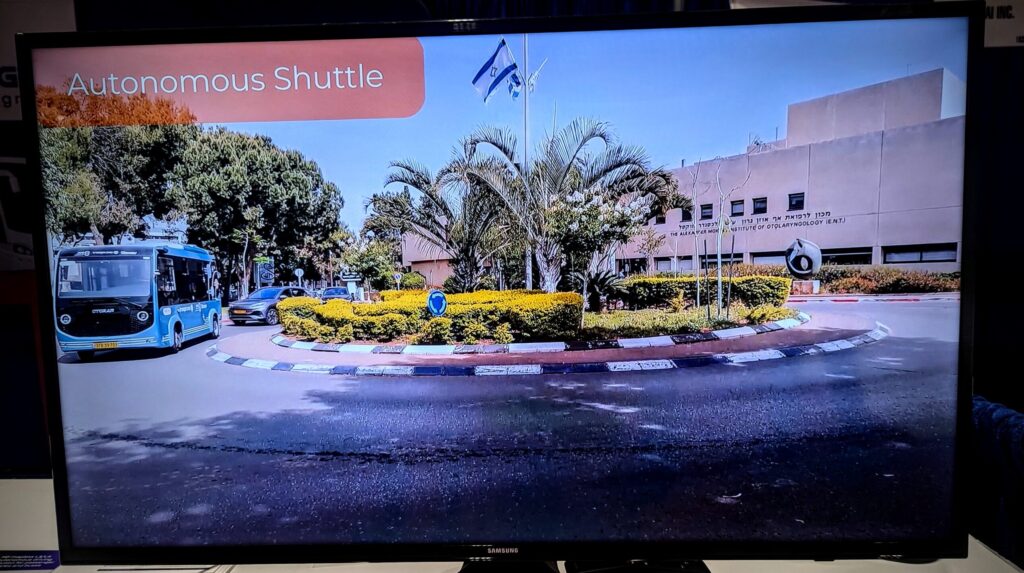
Imagry is demonstrating its autonomous driving solutions for L3 passenger vehicles (supplied as AI-based perception and motion planning software modules to OEMs and Tier 1s).
The company is screening various demo drive videos that illustrate how its AI-based, lidar-free, HD mapless technology perceives the environment in real time and provides motion instructions to the vehicle. It is also offering in-person demo drives in its autonomous vehicles the day after the expo (Friday, August 30).
Explaining why the company calls its technology ‘bio-inspired’, the company’s Ruth Bridger said, “It’s because we are mimicking the abilities of a skilled human driver. We use the car’s cameras (like human drivers use their eyes) to perceive all objects surrounding the vehicle, in real time. An array of deep neural networks, each dedicated to a different type of object (stationary/moving vehicle, pedestrian, road marking, traffic sign, etc) interprets what the system sees and based on annotation from previous supervised learning sessions from our test vehicles plans the vehicle’s motion accordingly (much like the cortex function in the human brain).”
Imagry’s technology is specifically lidar-free, which has many benefits. “Lidar is very expensive and it does not work well in adverse weather conditions,” said Bridger. “Imagry is currently concentrating on driving in urban areas, which are typically well lit (even at night), so lidar that excels in low light is not necessary. Plus, we get information for perception only up to the horizon level, so bright sunlight is not a problem (except for a very few moments at sunrise/sundown). We can simply adjust the region of interest to manage the camera exposure, which greatly alleviates the issue.”
The company has a commercial agreement with Continental and has ongoing connections with two leading OEMs. The same technology is currently being used in two pilots for the company’s L4 autonomous bus solutions – in an operational zone in a large medical center and on public roads in a city.
Imagry is optimistic about its participation in the expo. “We heard that this event would be an excellent opportunity to meet engineers tasked with adding autonomous driving capabilities to their passenger vehicles. While our ultimate goal is to convince decision makers at automotive OEMs and Tier 1 suppliers that we have the most cost-effective, scalable and field-proven approach to autonomous driving, we believe that the engineers – once they have learned about our methods – will be the best champions to get us to the next stage.
“Because Imagry’s software is hardware agnostic, OEMs and Tier 1s have complete flexibility to integrate it in varying models and trims,” concluded Bridger.
Meet Imagry at Booth 1032.
Methodica demos all-in-one turnkey solution for AV sensor fusion
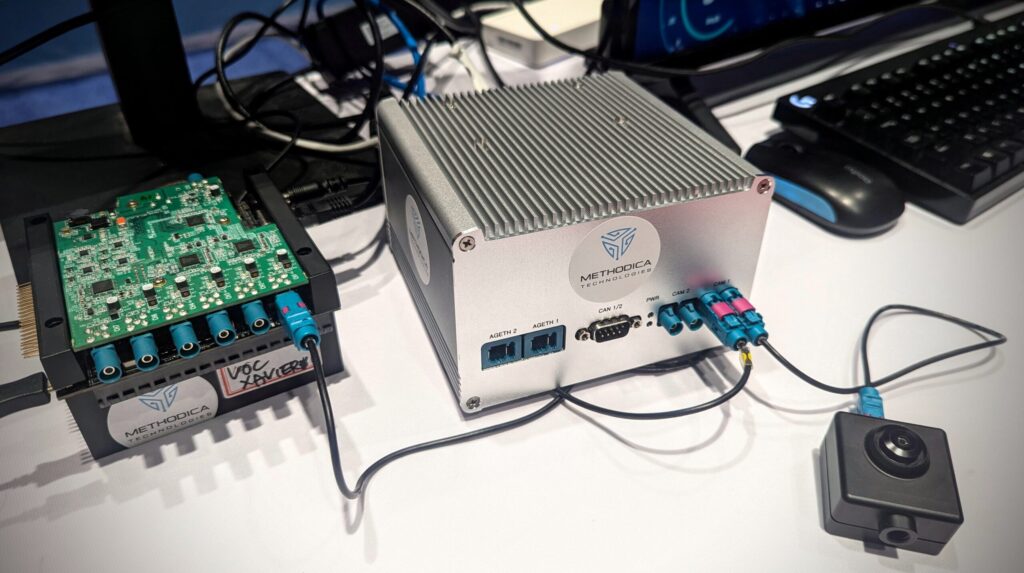
Methodica Technologies is showing expo visitors the Peekaboo P5404 (P-Series), an innovative autonomous vehicle datalogger designed for advanced driver assistance systems and hardware-in-the-loop simulation for autonomous vehicle development.
The P5404 is a PCIe Gen3 card-based camera image logging and reprocessing system. It logs data frames from various autonomous vehicle sensor fusions, including camera, CAN, automotive ethernet, FlexRay, lidar and radar, into storage.
CEO Vikram Verma explained how the solution works: “The P5404 card is installed in the PCIe slot of an IPC motherboard through the PCIe interface. Once connected to the IPC’s PCIe slot, all sensor fusion data is linked to the P5404. A specialized SDK programmed in C/C++ allows the device to connect with the logger and configure the inputs. After successful configuration, a special function within the SDK reads data frames through a system call, complete with time synchronization timestamps, and stores the data in the specified storage location.”
Verma continued, “The standout feature of the P5404 PCIe Gen3 card is its ability to retrieve the logged data from storage and inject it into the ECU for HIL and autonomous vehicle development. This makes it an all-in-one, cost-effective turnkey solution.
Peekaboo products are customizable to meet Tier 1/OEM specifications, such as SerDes (FPD-Link/GMSL) and vehicle sensor interfaces (GPS/IMU/lidar). Signals are time-synchronized using an FPGA/SoC/GPU platform processor and stored in an ADTF streaming-based file library.
Meet Methodica at Booth 4034.
Göpel electronic showcases its robotics setup
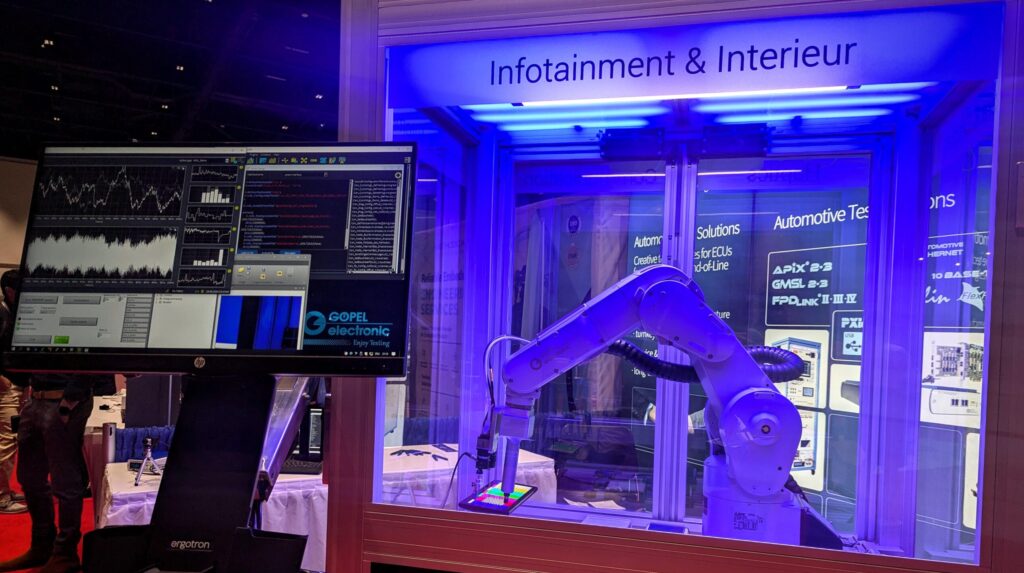
Göpel electronic has chosen ADAS & Autonomous Vehicle Technology Expo California to demo a variety of customized solutions for the automation of tests, attainment of quality assurance and saving of resources.
The robotics setup at its booth houses a robot with haptic fingers including sensors and a camera for optical verification. A display from the cockpit of a vehicle serves as the test object. The display is controlled via an extensive residual bus simulation in connection with a generic image source. The proven Video Dragon 6222 product family offers powerful tools for testing camera- and display-based advanced driver assistance systems. It combines both frame grabber and generator functions in one device and can process video data of the FPD-Link II, III and IV, GMSL2 and 3 and APIX2 and 3 standards.
With the haptic operation of the display by a finger with integrated force-displacement measurement, defined user inputs can be simulated. The setup is complemented by the standalone Sound Checker for testing the acoustics of infotainment systems and other acoustic components in the vehicle. The sensor is mounted on the robot finger to measure the vibration caused by the display during the touch process. A second option is to fix the sensor on the surface of the display to validate its behavior.
Michael Schmidt, team leader for automotive test solutions at Göpel electronic, explained, “We see here a combined interaction of different technologies from Göpel electronic, proving our expertise in testing and simulating innovative automotive electronics and mechatronics.
“Our goal is to offer our customers suitable systems that represent real added value. Our demo system is first and foremost an illustration of our know-how.”
Meet Göpel electronic at Booth 4030.
It’s not too late to attend the show! Click here to register for your free expo pass 